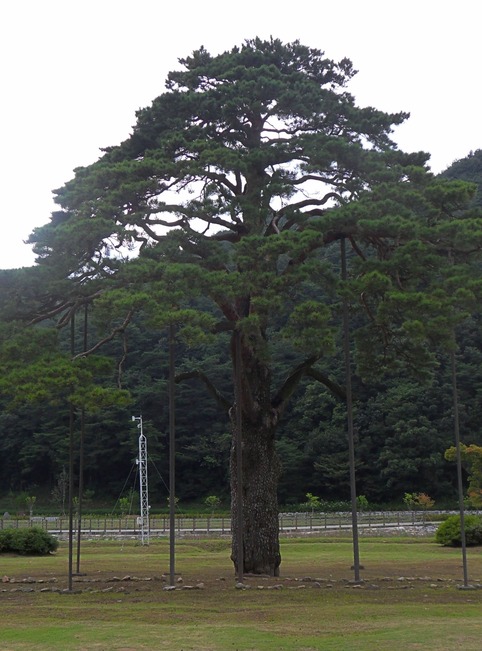What Causes Pine Tree Trunk Splitting?

Pine trees can experience trunk splitting due to a variety of environmental conditions, biological factors, and physical stressors. Understanding the primary causes of this phenomenon is crucial for identifying the problem and implementing appropriate solutions.
Environmental Conditions
-
Temperature Fluctuations: Extreme temperature changes, particularly sudden drops in temperature, can cause the bark and inner wood of pine trees to expand and contract, leading to the formation of frost cracks or splits in the trunk.
-
Moisture Levels: Fluctuating growth conditions, such as periods of drought followed by excessive moisture, can also contribute to the development of splits in the bark.
-
Sunscald: Direct sunlight on cold days can cause injury to the bark, especially in the winter months, which can result in splits.
-
Wind and Snow Load: Heavy winds and the weight of accumulated snow can put physical stress on the tree, potentially causing splits in the trunk.
Biological Factors
-
Pests and Diseases: Internal decay caused by pests or diseases can weaken the structural integrity of the tree, leading to the formation of splits in the trunk.
-
Root Damage: Planting trees too deeply can cause root damage, which can subsequently lead to splits in the trunk.
Physical Stressors
-
Lightning Strikes: Direct lightning strikes can cause significant damage to the tree, including the formation of splits in the trunk.
-
Impacts: Physical impacts from objects or strong winds can also lead to cracks and splits in the pine tree’s trunk.
What Safety Concerns Should Be Considered?

When dealing with a pine tree trunk split, it’s essential to evaluate the potential risks and hazards to ensure the safety of people and property.
Risk Evaluation Criteria
-
Size of the Split: Larger splits, typically over 2 inches in size, are generally more hazardous than smaller ones.
-
Depth of the Split: Deeper splits pose a greater risk than shallow ones.
-
Overall Health of the Tree: Trees with multiple splits or signs of decay are considered more hazardous than healthy trees.
Potential Hazards
-
Human Safety: Falling branches or the entire tree can cause injury or even death to individuals in the vicinity.
-
Property Damage: Falling branches or the tree itself can damage buildings, vehicles, or other structures in the area.
How Can Pine Tree Trunk Splits Be Repaired or Salvaged?
If a pine tree experiences a trunk split, there are several options available for repair and salvage.
Cabling and Bracing
Installing cables or rods can help support the tree and prevent further damage to the split trunk.
Wound Treatment
Tracing the bark around the split and removing the bark from inside the traced area can aid in the healing process of the wound.
Timelines for Recovery
The recovery time for a pine tree with a split trunk can vary depending on the severity of the split and the overall health of the tree. With proper care and treatment, trees can recover within several months to a year.
Success Rates
The success rate for saving trees with split trunks depends on the effectiveness of the treatment and the severity of the split. Proper treatment can result in a high success rate, often around 80%.
Necessary Tools and Materials
To repair and salvage a pine tree with a split trunk, the following tools and materials may be required:
– Cables or rods for cabling and bracing
– Pruning tools for wound treatment
– Disinfectant solutions (e.g., bleach or alcohol) for wound treatment
Quantitative Data
-
Average Size of Splits: The average size of splits in pine trees can range from 1 to 5 inches, depending on the species and environmental conditions.
-
Frequency of Splits: Splits are more common in certain pine species, such as the Kwanzan cherry, and can occur in up to 50% of newly-planted trees.
-
Survival Rates: Trees with proper treatment have a higher survival rate, often around 80%, compared to untreated trees, which may have a survival rate of only 20%.
Reference:
- Bark Splitting on Trees: Various Causes and Management Strategies – Cornell University Plant Clinic
- How to Treat a Split Pine Tree – Arborist, Chainsaw & Tree Work Forum
- Why is My Tree Trunk Splitting? – Timber Works Tree Care
